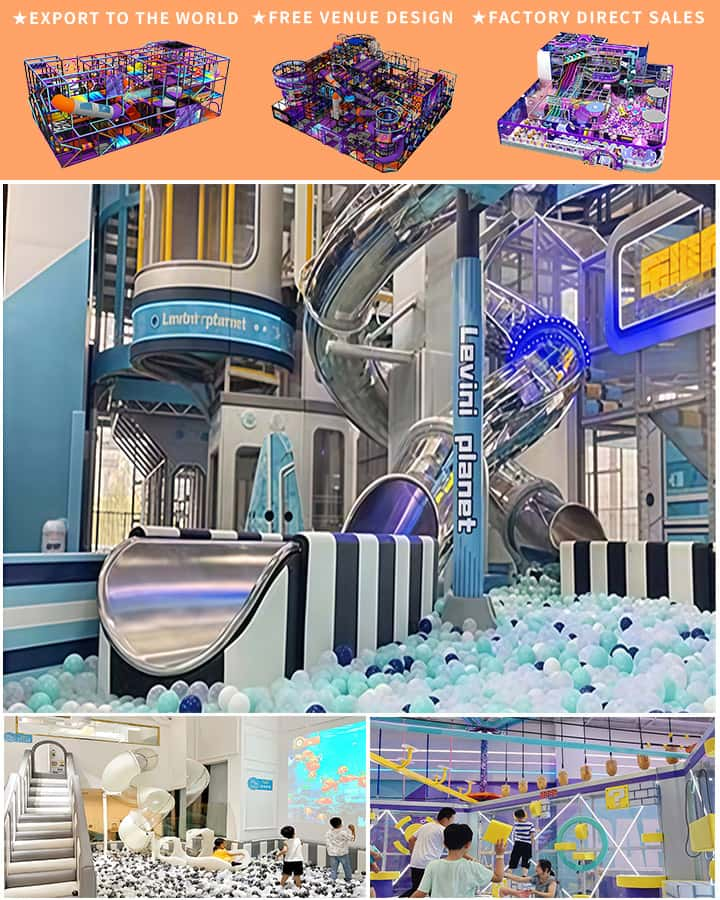In recent years, society has increasingly recognized the importance of inclusivity in all aspects of life, including recreational spaces. One significant area where this principle is being actively implemented is through the design and installation of handicapped accessible playground equipment. These specialized structures not only provide equal opportunities for children with disabilities to enjoy play but also foster a more inclusive environment for families and communities.
Benefits of Accessible Playground Equipment
The inclusion of accessible playground equipment offers numerous advantages, both physical and social. For children with mobility challenges, such as those using wheelchairs or who have difficulty climbing, ramps with gentle slopes and transfer stations allow them to participate in activities that were previously out of reach. This promotes physical exercise and improves overall health, just as it does for their peers without disabilities.
Socially, accessible playgrounds enable children of all abilities to play together, breaking down barriers and fostering understanding and empathy among young minds. When children interact on an equal playing field, prejudices are reduced, and friendships are formed based on common interests rather than differences. This early exposure to inclusivity can lead to a more accepting and compassionate society.
Key Features of Accessible Playground Equipment

To ensure that playgrounds are truly accessible, they must incorporate several key features designed to accommodate different needs:
Ramps and Transfer Systems: Instead of stairs, ramps should be used to access higher platforms and equipment. Additionally, transfer systems, such as transfer plates or benches, can help children move safely from a wheelchair to a swing or slide.
Surroundings and Safety: Ground surfaces should be made from materials like rubberized mulch, poured-in-place rubber, or other soft yet durable substances to cushion falls and reduce injuries, especially for those who may fall more frequently due to mobility issues.
Swing Sets: Swings adapted for children with various disabilities include bucket seats, harnesses, and supports that enable even those with limited trunk control to enjoy swinging.
Play Structures: Climbing frames and play structures should have multiple entry points and levels to cater to children with different physical capabilities. Handholds and railings should be strategically placed to assist with navigation while maintaining safety.
Sensory Integration: Some accessible playgrounds now incorporate elements designed to stimulate different senses, benefiting children with autism or sensory processing disorders. Examples include musical instruments, tactile panels, and interactive water features.
Challenges and Overcoming Them
Despite the clear benefits, designing and implementing handicapped accessible playground equipment isn’t without its challenges. Funding can be a significant hurdle; however, grants and community fundraising efforts often provide necessary financial support. Another challenge lies in educating designers, builders, and users about the importance of accessibility and how to properly utilize these facilities. Public awareness campaigns and training sessions can play vital roles in addressing these issues.
Moreover, ongoing maintenance and regular assessments are crucial to ensure that equipment remains safe and functional over time. Communities must commit to continuous improvement and adaptation, keeping pace with technological advancements and evolving needs.
Conclusion
Investing in handicapped accessible playground equipment is an investment in the future — a testament to our commitment to equality and inclusion. By providing these essential resources, we create environments where every child can experience joy, build confidence, and develop crucial social skills, regardless of their physical abilities. As we continue to prioritize accessibility, we pave the way for a world where diversity is celebrated, and everyone has the opportunity to thrive.




